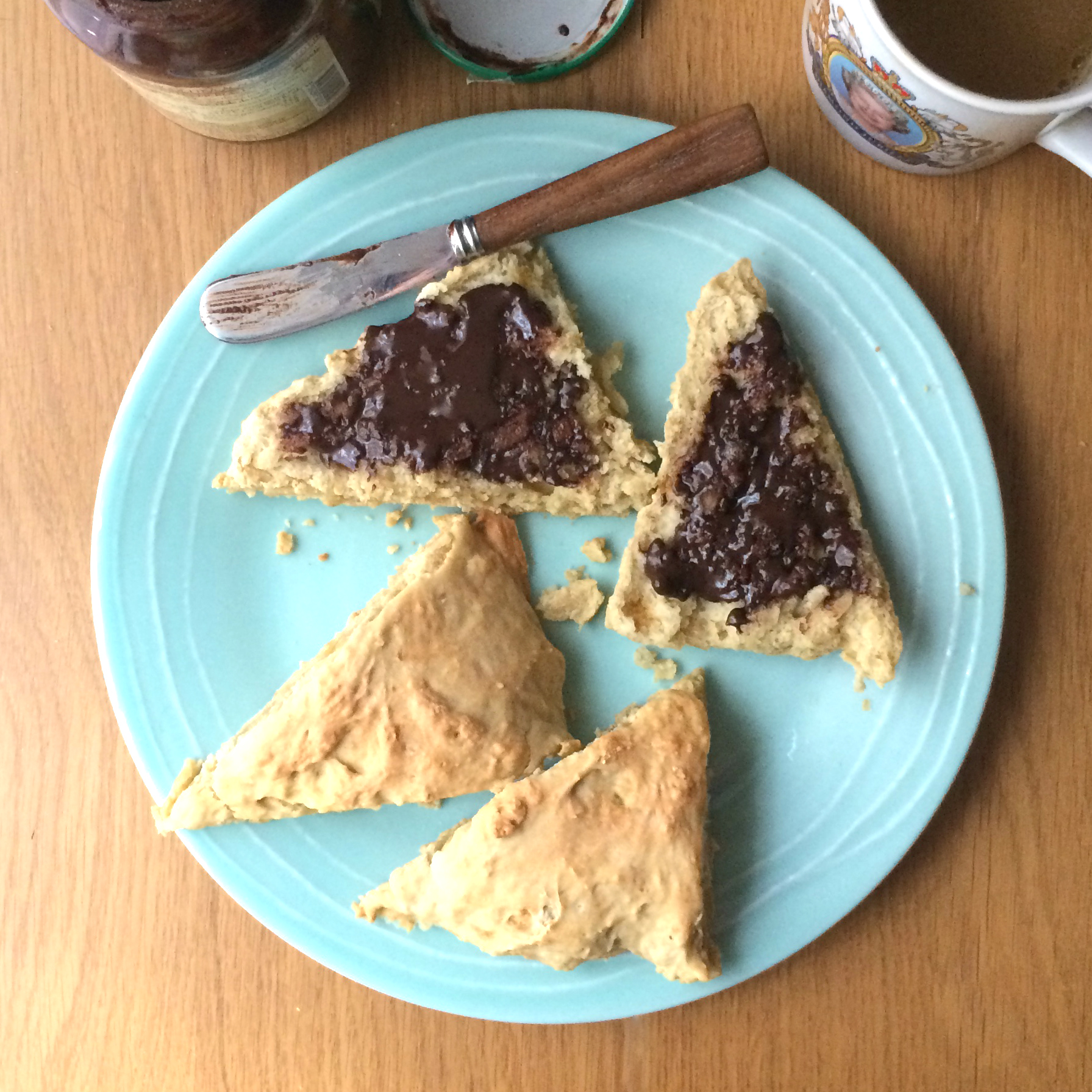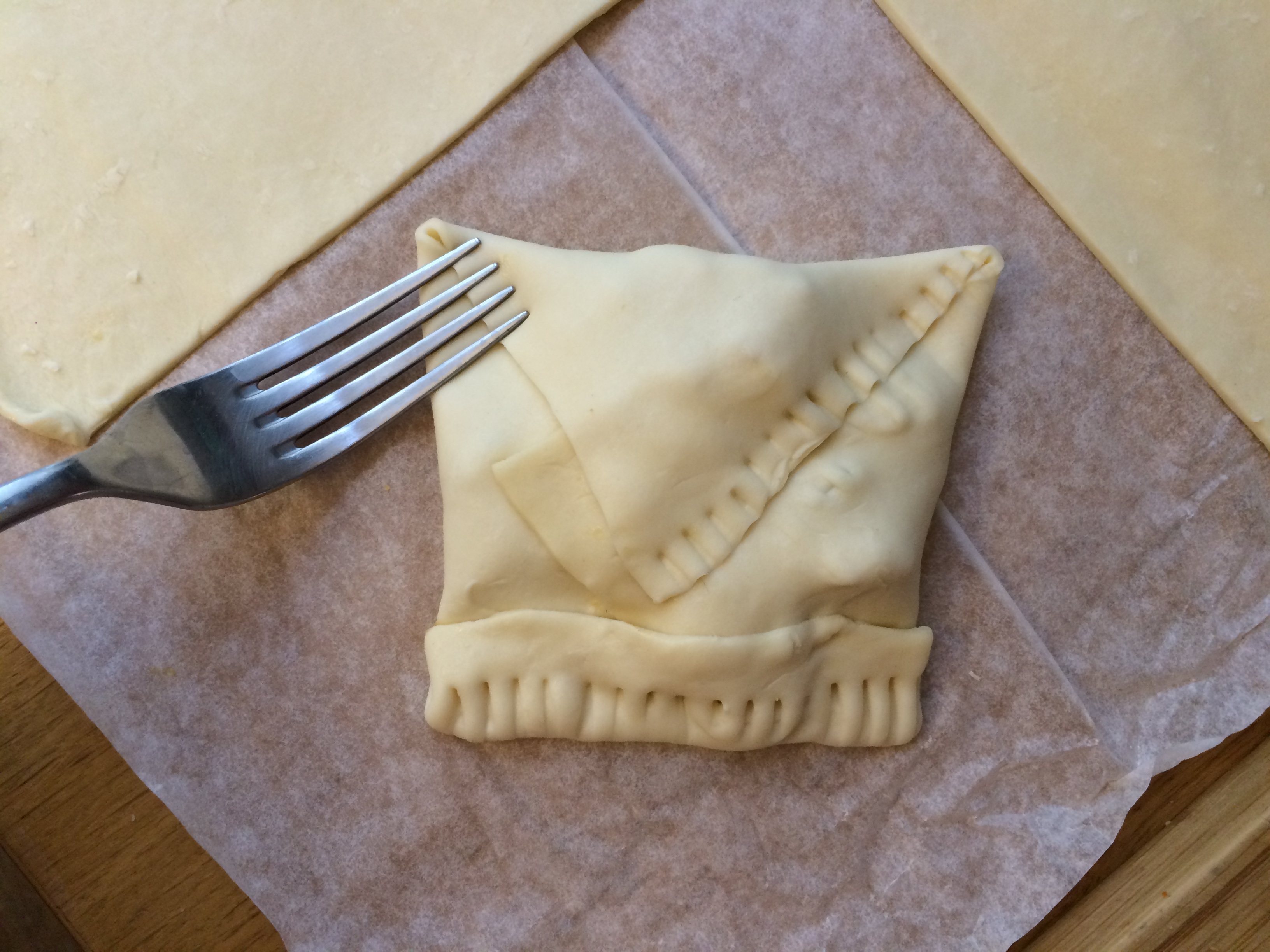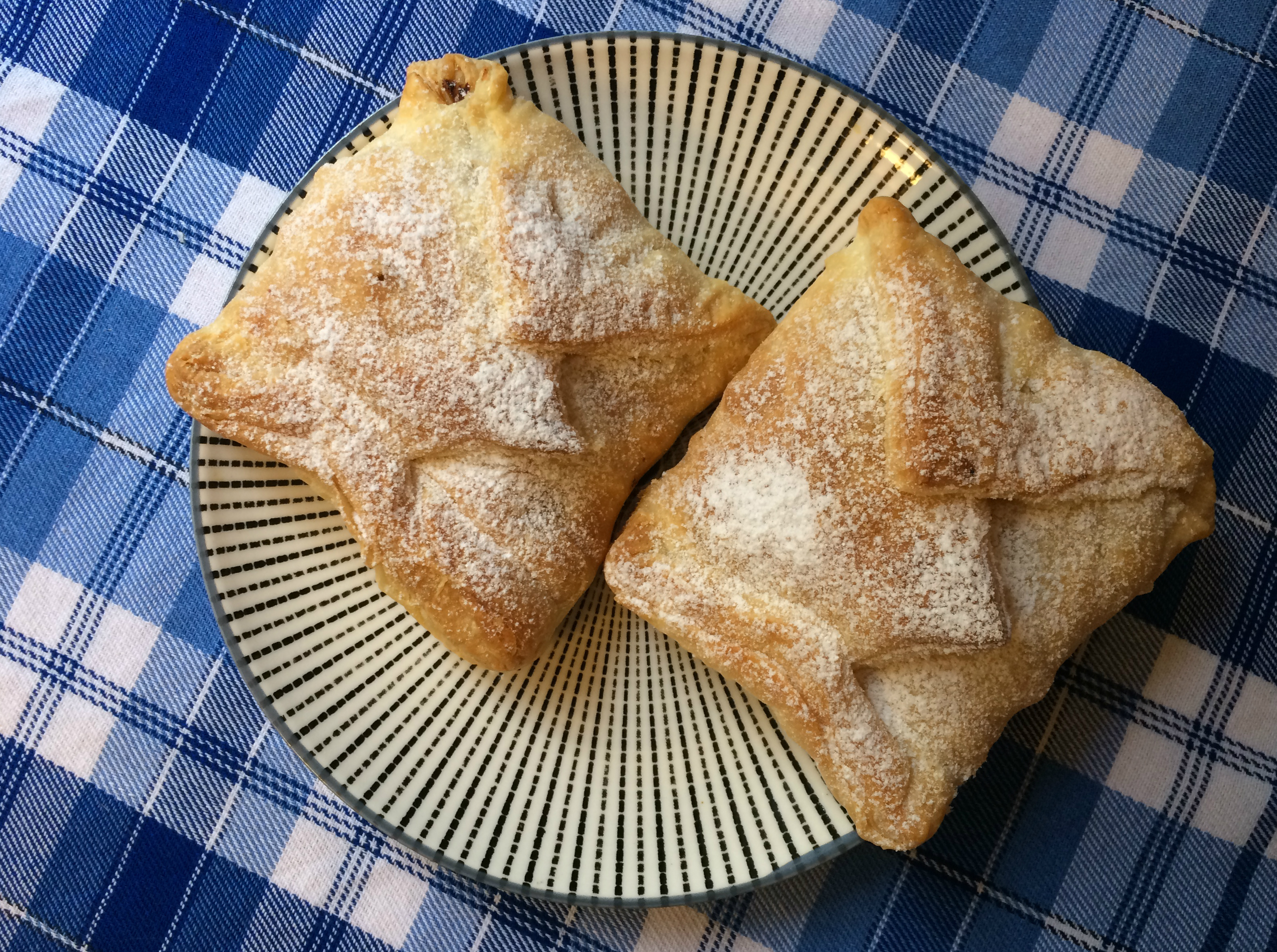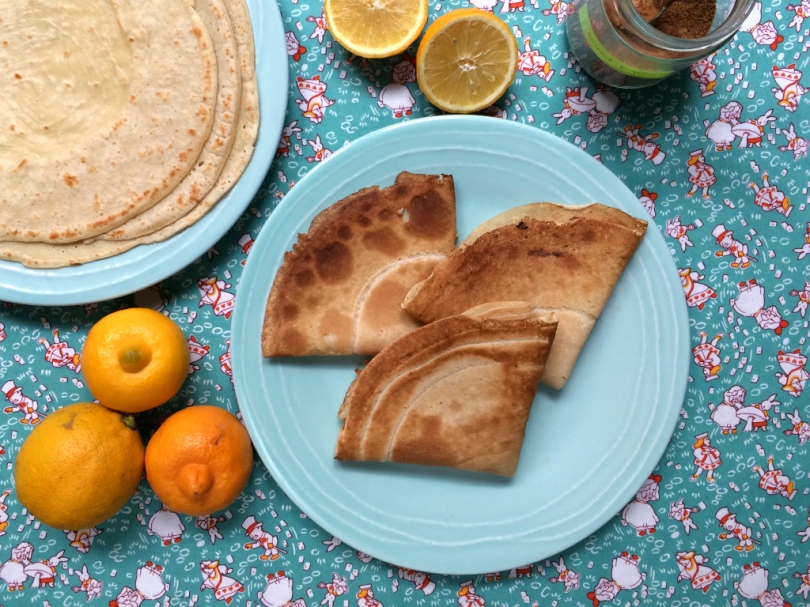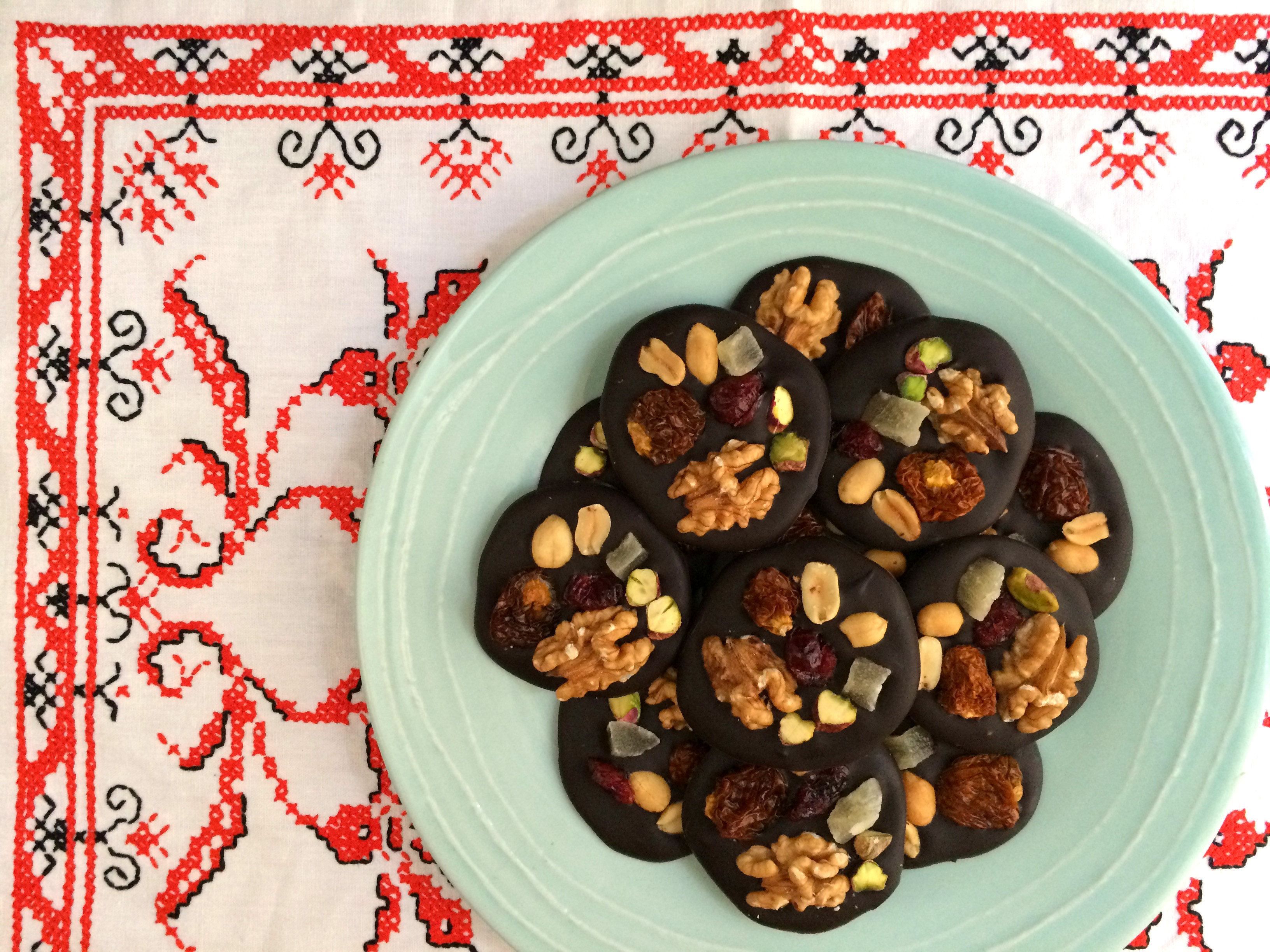One of the things I admire about France is that every employee, regardless of the company they work for and their own seniority, gets a mandatory five weeks of paid vacation time per year. Even though this doesn’t include me as a freelancer, I’m happy to see others getting the time they deserve to relax and enjoy their families. I already knew that my native US was far behind other countries in this respect, but this color-coded map on Wikipedia makes the contrast even more embarrassingly clear.
Anyway, as you might expect, the most popular time to take one’s time off is the summer, and the month of August has long been a time of exodus for Parisians. Everyone seems to leave all at the same time for various destinations, be they in France or farther afield. One side effect of this is that lots of small businesses all close simultaneously. A stroll around a non-touristy neighborhood will take you past a series of shuttered storefronts and notice signs such as the ones below (click any photo to switch to slide show mode) informing customers of their re-opening dates.
I always get a bit of an eerie feeling, walking around the empty streets of my mainly residential neighborhood in August. I also often forget that things are closed and make a detour to get a coffee from Dose, for example, only to find the place deserted and to curse my poor memory.
So while it’s a good thing for people working in France, this annual departure can be a bummer for tourists who come to Paris in part to try our vegan restaurants (usually small businesses that close all of August).
If your chosen destination restaurant (or clothes shop, etc.) has a sign in their window, you can try looking for the following key phrases to decipher it and see how long it will be closed:
- fermé – closed
- ouvert – open
- fermeture estivale – summer closing
- congés d’été – summer vacation
- vacances annuelles – annual vacation
- horaires d’été – (shorter) summer hours
- réouverture – reopening (date)
- en vacances – on vacation
- bel été – have a good summer (= without us) 😉
But to help make planning easier, I’ve prepared a short list of some places where you can still find vegan food the rest of this August. Note that this list is not exhaustive and that it’s a good idea to double-check their current hours on their social media pages or call ahead. Don’t rely on what Google or even their own websites say, because those won’t necessarily be updated to reflect any special summer conditions.
Vegan places that are open
Every year, a handful of vegan restaurants in Paris do stay open all summer. Here are some that I personally recommend (plus one brand-new one I’ve heard good things about). Note however that Thursday, August 15th is a national holiday and some of these places might be closed that day.
Aujourd’hui Demain
42 rue du Chemin Vert, 75011 Paris (metro Richard Lenoir)
Restaurant/café and grocery store. A good place to hang out with a coffee and catch up on your email or work. If you’re in the mood for a sweet indulgence, don’t miss their Freak Shake.
Cantine Le Myrha
70 rue Myrha, 75018 Paris (metro Château Rouge)
Spacious and well-lit, excellent place for a buffet brunch with friends on a Sunday. You may make the acquaintance of Rainette, the restaurant’s sweet tabby cat, who sometimes wanders among the customers to be petted.
Cloud Cakes
6 rue Mandar, 75002 Paris (metro Sentier)
As their name suggests, they have some heavenly cakes! Savory lunch items available too until the mid-afternoon. Limited seating at busy times, but well worth a visit.
Le Faitout
23 avenue Simon Bolivar, 75019 Paris (metro Pyrénées)
All the ambiance of a traditional French brasserie, none of the usual animal products. Live music on Thursday nights. Don’t miss their platter of housemade vegan cheeses!
Hank Burger
55 rue des Archives, 75003 Paris (metro Rambuteau)
8 rue de Rochechouart, 75009 Paris (metro Cadet)
Really nice burgers, with a choice between their standard patty and a Beyond Beef one. I also love their potato wedges with a cheese topping and their chocolate chip cookies!
Hank Pizza
18 rue des Gravilliers, 75003 Paris (metro Arts et Métiers)
Vegan pizza with a range of preset toppings, including a couple of gluten-free ones each day. They have a particularly spacious upstairs dining room. If you come here, be sure to stop by the vegan grocery store Mon Epicerie Paris on the same street (see below for a description).
Les Petites Pâtisseries Raw & Vegan
44 rue du Chemin Vert, 75011 Paris (metro Richard Lenoir)
So many creative and delightful raw desserts! I especially like their little fruit tarts and matcha opéra cakes. Rumor has it you can now also find blue mermaid nice cream bowls there! On the same block as Aujourd’hui Demain (see above).
Le Potager du Marais
24 rue Rambuteau, 75003 Paris (metro Rambuteau)
Traditional French dishes in vegan versions. I often recommend this place to visitors since it’s a way to try classic dishes without the animal products. I love their seitan bourgignon, onion soup and crème brûlée.
Sunday’s Coffee Paris
171 boulevard Voltaire, 75011 Paris (metro Charonne)
This place is so new, I haven’t had a chance to go there yet. People on Instagram seem to like it though, so take a look if you’re nearby!
Wild & the Moon
Various locations throughout Paris
Another chain place with generous hours. Try one of their superfood elixir drinks or one of their dishes of the day (often a rice and curry bowl). I love their raw desserts, especially the lemon tart. Their location near Opéra is especially nice as it gets less traffic.
Other options
Certain other places are fairly reliably sources of vegan eats.
Restaurants
L’As du Fallafel
32-34 rue des Rosiers, 75004 Paris (metro Saint Paul)
Home of the best falafel sandwich in Paris! Prepare yourself for a line at the door. Closed Friday evenings and Saturdays all year round.
Ethiopian restaurants
Various locations throughout Paris
Due to a cultural tradition of abstaining from all animal products on certain days of the week and at certain times of year, Ethiopian restaurants generally always have a vegan option (sometimes labeled “vegetarian” on the menu). Be sure to specify that you don’t want fish. Google “restaurant Ethiopien Paris” plus the number of your arrondissement to find one. My personal favorite is Le Ménélik in the 17th.
Lebanese restaurants
Various locations throughout Paris
The chances of finding falafel (an accidentally vegan food) are high at just about every Lebanese restaurant. Look for places with the country’s very cute cedar tree flag.
Maison Landemaine
Various locations throughout Paris
Try their croissant ordinaire (regular croissant), which is always vegan, but be sure to specify ordinaire so they don’t give you a non-vegan butter croissant. They also have a vegan chausson aux pommes (apple turnover) and usually at least one vegan fancy dessert/pastry. Check the labels in the display case for the “VEGAN” in very small green text, or ask if unsure. They also sometimes have a vegan tofu, avocado and sun-dried tomato sandwich. Their baguettes, like all baguettes in France, are vegan by default.
Prêt à Manger
Various locations throughout Paris
This chain store is from the UK, which means it’s quite vegan-friendly. In France, they offer one vegan sandwich (avocado, sun-dried tomato and black olive spread on baguette type bread) as well as some vegan soups, chia pudding and sometimes a muesli bowl. They make coffee and matcha drinks with plant milk at no extra charge!
Vegan grocery stores
Vegan items can increasingly be found at mainstream grocery stores (check the bio (organic) aisle in particular), but with the stores below there’s no need to scrutinize labels since everything at them is fully vegan. This can be a good source for groceries for your AirBnB, or for things to pick up and put in a baguette for a DIY sandwich-on-the-go.
Aujourd’hui Demain
42 rue du Chemin Vert, 75011 Paris (metro Richard Lenoir)
Combination grocery store and restaurant/café. Also sells clothing, shoes, purses and personal care products. They offer an extensive range of vegan cheeses and certain hard-to-find items such as vegan honey and liquid smoke. Beyond Meat products are available here.
Naturalia Vegan
4 locations in Paris and the near suburbs
Part of the Naturalia organic grocery chain, these stores have a much wider selection of vegan cheeses, yogurts and plant-based imitation meats than other Naturalias. Unlike the other vegan grocery stores listed here, Naturalia Vegan locations also offer fresh produce.
Mon Epicerie Paris
31 rue des Gravilliers, 75003 Paris (metro Arts et Métiers)
This little grocery has a surprisingly wide selection of products, including Beyond Meat and some others that are found nowhere else in Paris as far as I know (for example Linda McCartney frozen items). Carries more Asian products than the other ones.
Un Monde Vegan
64 rue Notre-Dame-de-Nazareth, 75003 Paris (metro Strasbourg-Saint Denis)
The first all-vegan food shop to open in Paris, Un Monde Vegan is still a popular source of interesting grocery products and books.
With that, I wish you a pleasant stay (or staycation) in Paris. Bon appétit!
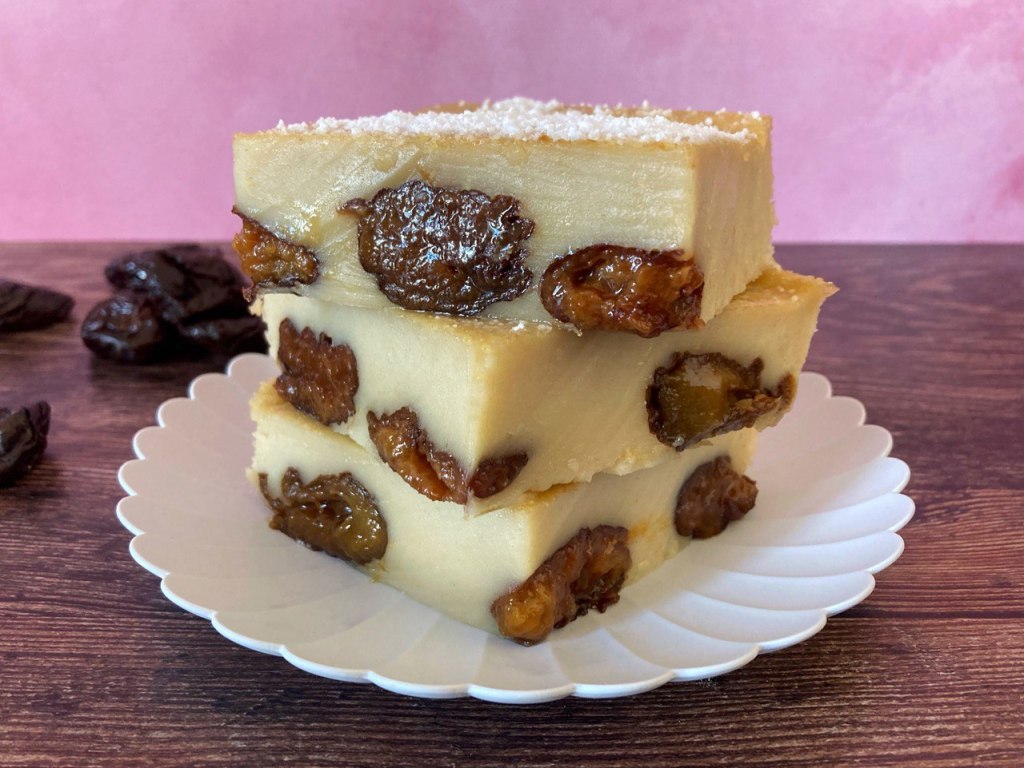
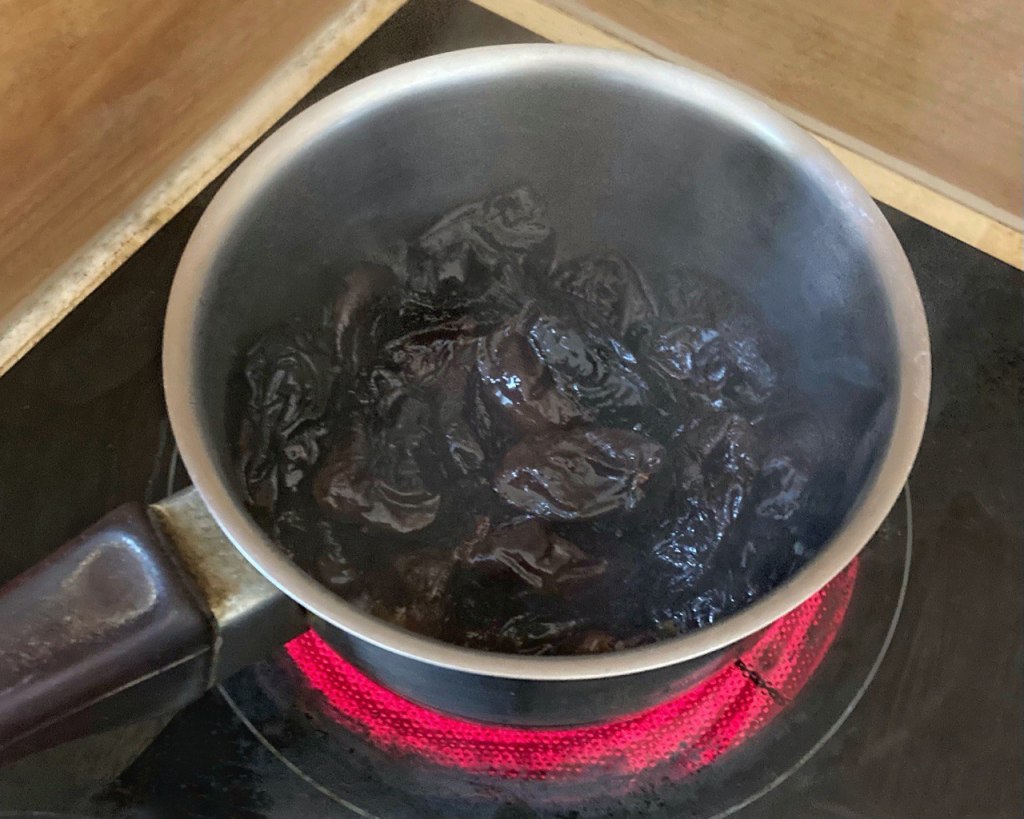
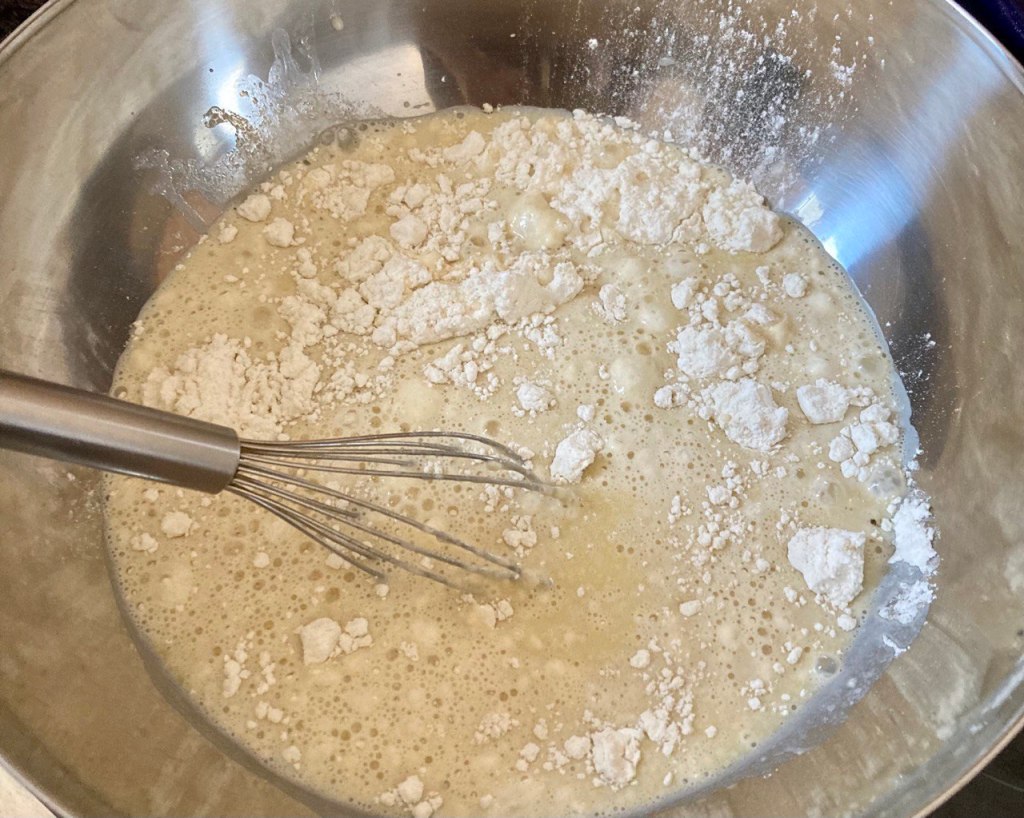
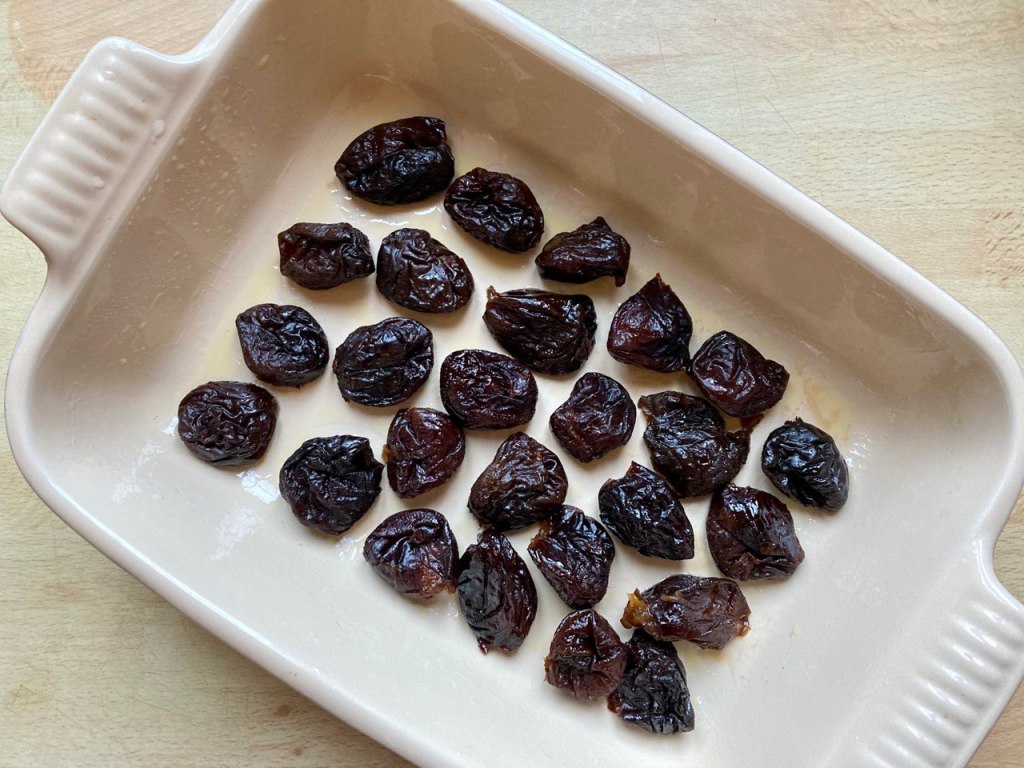
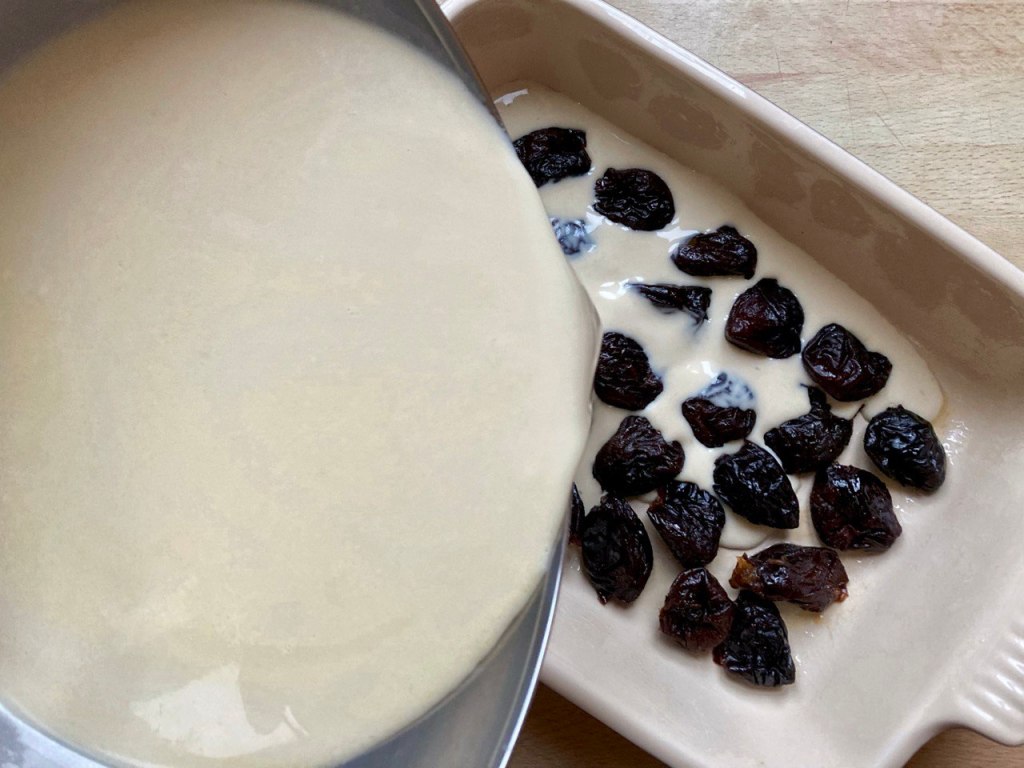
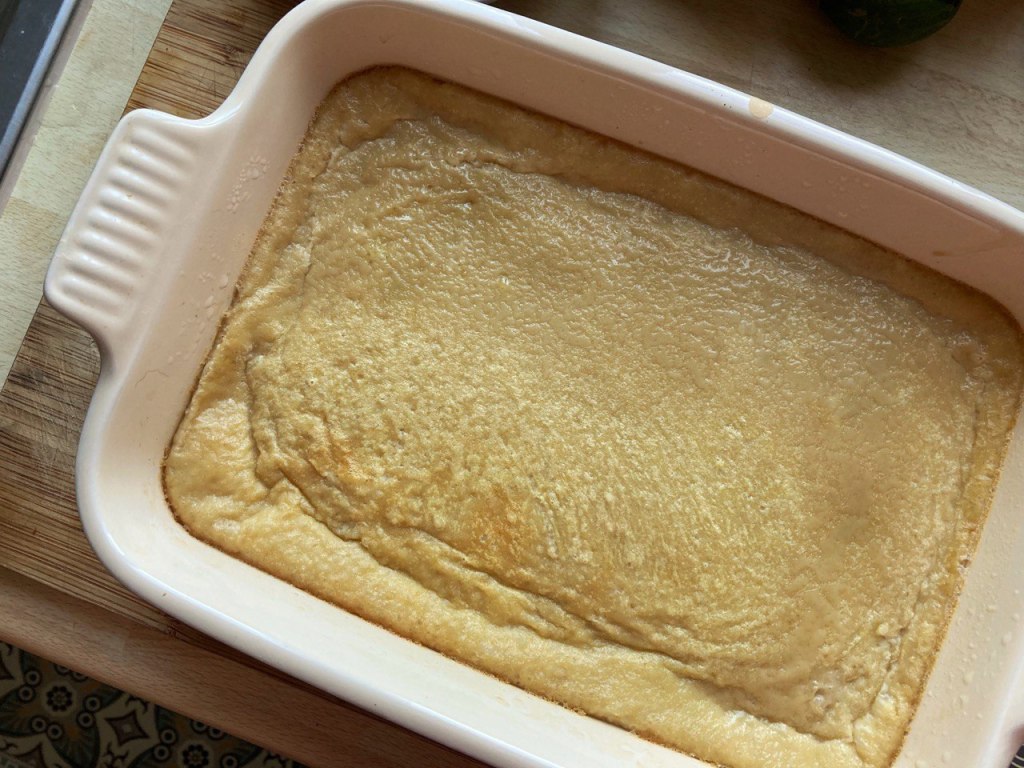
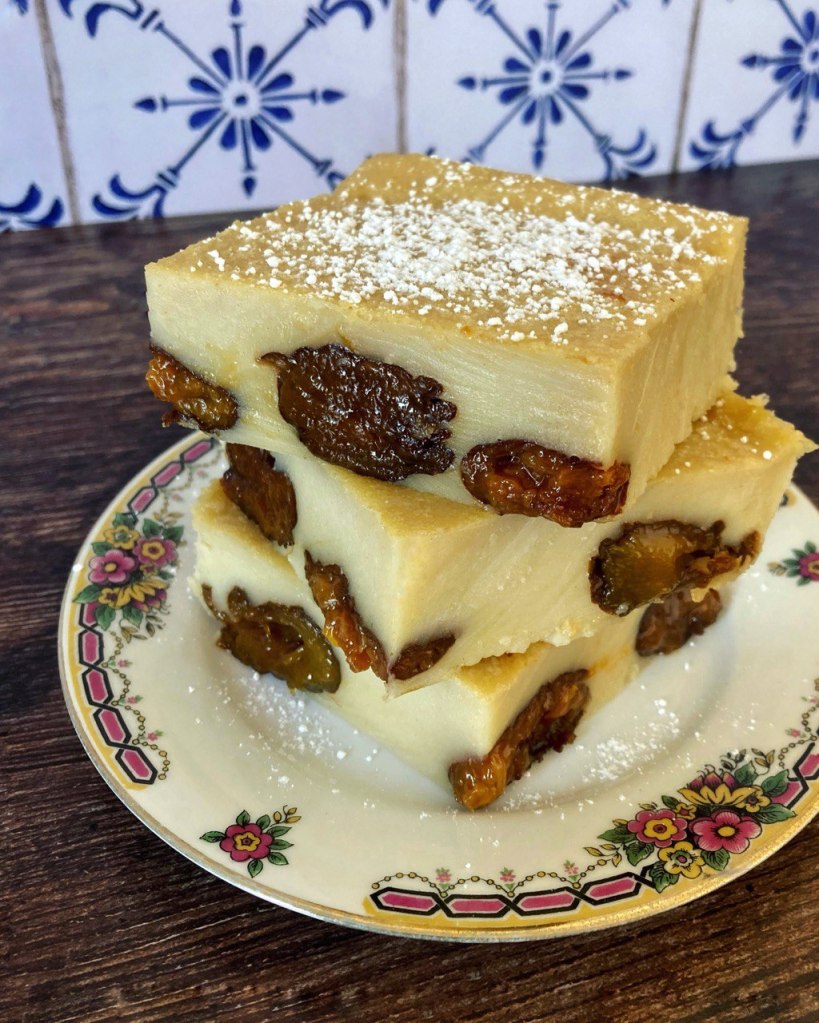

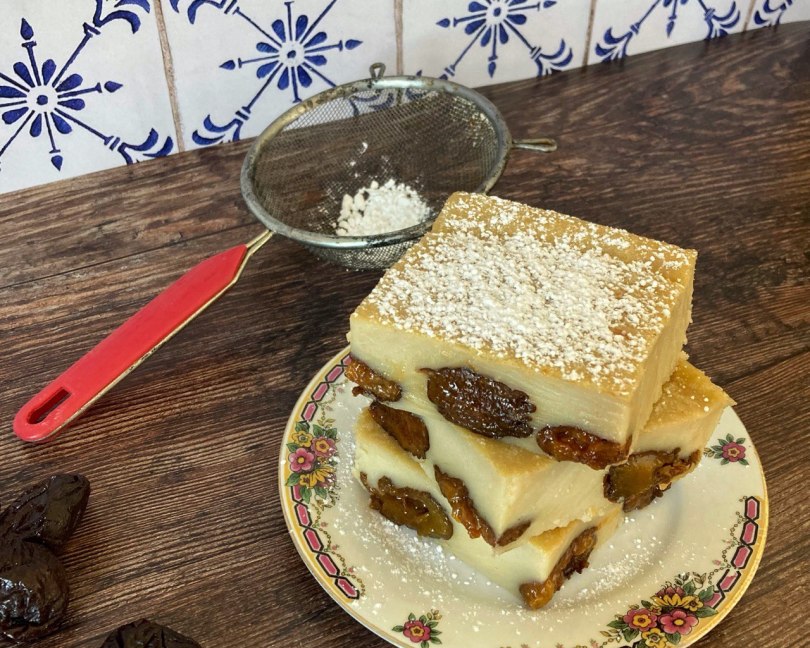










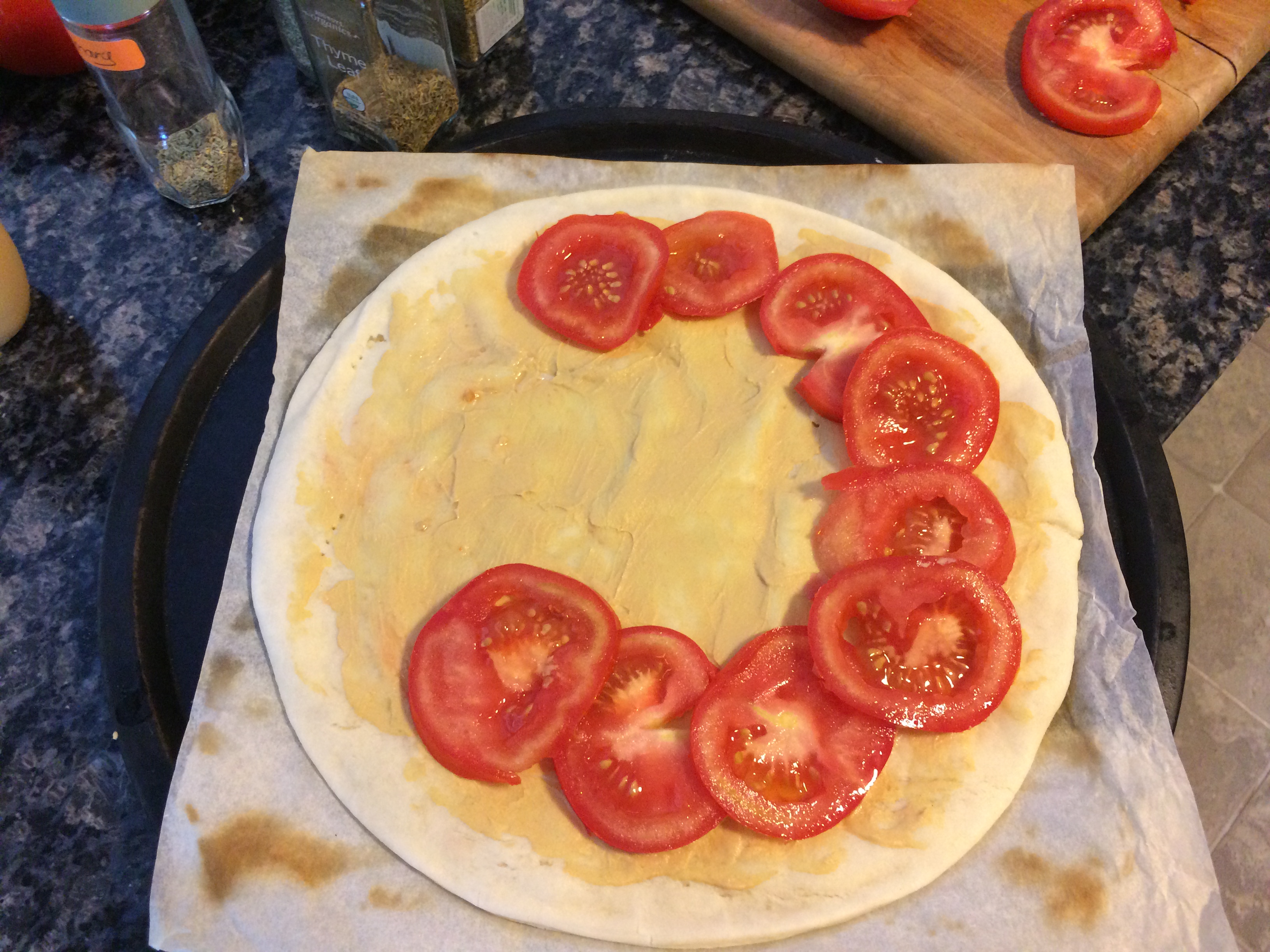
























 In a separate small bowl, combine the cream, milk, oil and almond extract, whisking with a fork. Add this liquid mixture to the dry mixture and stir thoroughly until you have a thick uniform paste. Taste it to check the sweetness – as matcha is fairly bitter, you may find you need a bit more sugar.
In a separate small bowl, combine the cream, milk, oil and almond extract, whisking with a fork. Add this liquid mixture to the dry mixture and stir thoroughly until you have a thick uniform paste. Taste it to check the sweetness – as matcha is fairly bitter, you may find you need a bit more sugar. Preheat your oven to 350°F (180°C) and take your first pastry crust out of the fridge. Unroll it on a large surface.
Preheat your oven to 350°F (180°C) and take your first pastry crust out of the fridge. Unroll it on a large surface. Transfer your matcha almond paste to the center of the pastry and gently spread it out with a spatula to a uniform thickness.
Transfer your matcha almond paste to the center of the pastry and gently spread it out with a spatula to a uniform thickness. Leave a margin around the edge, as you’ll be folding it upwards to seal the galette.
Leave a margin around the edge, as you’ll be folding it upwards to seal the galette. Gently press your fève into the matcha almond paste. Choose a spot closer to the edge than the center.
Gently press your fève into the matcha almond paste. Choose a spot closer to the edge than the center. Take your second pastry crust out of the fridge. Carefully place it atop the bottom one so that they align as closely as possible. Push the top pastry down gently around the edge of the almond paste underneath. If you want to make sure that a certain person ends up with the fève, find a way to remember where you’ve put it. 😉
Take your second pastry crust out of the fridge. Carefully place it atop the bottom one so that they align as closely as possible. Push the top pastry down gently around the edge of the almond paste underneath. If you want to make sure that a certain person ends up with the fève, find a way to remember where you’ve put it. 😉 Fold the edges of the bottom and top pastries upward together and seal with the tines of a fork.
Fold the edges of the bottom and top pastries upward together and seal with the tines of a fork. With a sharp knife, trace a design into the top pastry. Try to occasionally cut through the top pastry to allow steam to escape while the galette bakes, but take care not to cut through it too continuously or pieces of the top crust could break off when you slice the baked galette. You can get creative at this point and make a fancy design of your choosing (swirls, flowers, geometrical lines). Do a Google image search to see the different galette des rois designs that are out there.
With a sharp knife, trace a design into the top pastry. Try to occasionally cut through the top pastry to allow steam to escape while the galette bakes, but take care not to cut through it too continuously or pieces of the top crust could break off when you slice the baked galette. You can get creative at this point and make a fancy design of your choosing (swirls, flowers, geometrical lines). Do a Google image search to see the different galette des rois designs that are out there.


 Place your galette into the preheated oven (on a baking sheet, if you like, but I put mine directly on the rack as my baking sheet is too small). Bake for 25 to 30 minutes, until the top is golden brown but not too dark. Begin checking it at around 20 minutes to make sure it doesn’t get too dark.
Place your galette into the preheated oven (on a baking sheet, if you like, but I put mine directly on the rack as my baking sheet is too small). Bake for 25 to 30 minutes, until the top is golden brown but not too dark. Begin checking it at around 20 minutes to make sure it doesn’t get too dark. While the galette bakes, you can prepare the (optional) apricot glaze.
While the galette bakes, you can prepare the (optional) apricot glaze. Place 1 to 2 tablespoons of the jam in a small saucepan over medium heat with a couple tablespoons of water. Bring to a boil, then turn the heat down low and simmer for a minute or two, stirring constantly to break up the lumps. Try to remove any unbreakable lumps or bits of apricot skin.
Place 1 to 2 tablespoons of the jam in a small saucepan over medium heat with a couple tablespoons of water. Bring to a boil, then turn the heat down low and simmer for a minute or two, stirring constantly to break up the lumps. Try to remove any unbreakable lumps or bits of apricot skin. When the galette is done baking, remove it from the oven and place it on a cooling rack. Brush a thin layer of the apricot glaze across the top, including the top of the edges. At first it may seem that the jam is too sticky and shiny, but once it’s dry it will be fairly dry to the touch and more matte. Remove any jam clumps that collect in the crevices of the pastry design.
When the galette is done baking, remove it from the oven and place it on a cooling rack. Brush a thin layer of the apricot glaze across the top, including the top of the edges. At first it may seem that the jam is too sticky and shiny, but once it’s dry it will be fairly dry to the touch and more matte. Remove any jam clumps that collect in the crevices of the pastry design. Allow the glaze to dry (5-10 minutes) before serving. If not serving immediately, you can pop the galette in the oven again to warm it just prior to serving.
Allow the glaze to dry (5-10 minutes) before serving. If not serving immediately, you can pop the galette in the oven again to warm it just prior to serving. A design like this one, with the first line traced right down the center, makes it easy to slice up.
A design like this one, with the first line traced right down the center, makes it easy to slice up.
 Hey, you found the fève! Congratulations, you’re the queen! Or king!
Hey, you found the fève! Congratulations, you’re the queen! Or king! Since you’re making your own galette, you may want to make a crown to go with it (or look for one at a costume shop). I decided to make things simple and design a kitty-sized one (toilet paper tube + aluminum foil).
Since you’re making your own galette, you may want to make a crown to go with it (or look for one at a costume shop). I decided to make things simple and design a kitty-sized one (toilet paper tube + aluminum foil).























